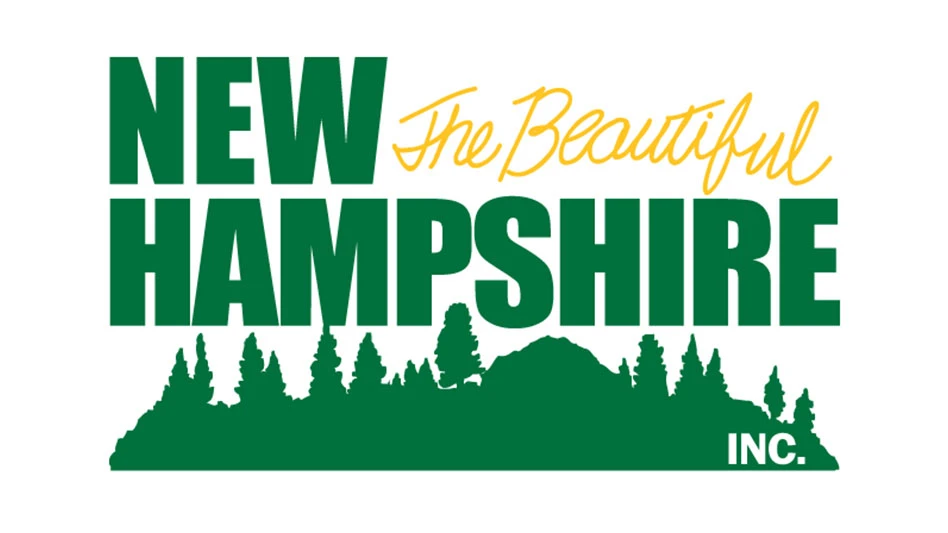The U.S. Environmental Protection Agency, Region 2, has proposed a plan to clean up contaminated river sediment at the Grasse River Superfund site in Massena, N.Y. Previous industrial activities have contaminated the river sediment with polychlorinated biphenyls (PCBs), which are potentially cancer-causing chemicals that build up in the food chain and accumulate in the fatty tissue of fish and mammals.
The proposed plan requires dredging and capping of contaminated sediment in a 7.2 mile stretch of the river. Approximately 109,000 cubic yards of PCB-contaminated sediment would be dredged from near-shore areas of the river and backfilled with clean material. Dredged sediment would be disposed of at a permitted, secure on-site landfill. In the river’s main channel, about 59 acres of contaminated sediment would be covered with an armored cap and another 225 acres of contaminated sediment would be capped with clean sand and gravel to isolate the contamination from the surrounding environment.
The EPA will hold several formal public meetings and informal information sessions in Akwesasne and Massena, N.Y. to discuss its plan. The EPA is encouraging the public to comment on the plan through November 15, 2012.
According to the EPA, Alcoa’s facility in Massena, N.Y., released waste from its aluminum production and fabrication activities, including PCBs and other hazardous substances, onto the facility property and into the Grasse River from the 1950s until the mid-1970s. As a result, sediment in the waters near the Alcoa West facility and about seven miles downstream have been contaminated. In 1989, the EPA issued an Administrative Order that required Alcoa to investigate the extent of contamination in a portion of the river, to evaluate cleanup options, and to design and implement a cleanup plan to be selected by the EPA.
In 1995 Alcoa dredged about 3,000 cubic yards of highly contaminated sediment from an area near an outfall at the Alcoa facility. Since that time, several studies have been conducted by Alcoa to evaluate cleanup options for the site. In 2001, Alcoa tested a variety of materials to be used as a cap over the contaminated sediments and also a variety of methods of putting a cap over the sediments. This testing took place in a 7-acre area of the Grasse River. While Alcoa did develop recommended options for dredging and capping, subsequent monitoring in 2003 showed that some of the caps placed during the study were lost and some underlying river sediment had eroded as a result of ice scouring the bottom of the river. As a result, the EPA directed Alcoa to re-evaluate cleanup options for the site to account for scouring caused by severe “ice jam” events. Alcoa then evaluated pilot-scale dredging, armored capping and thin-layer capping. In addition, the company evaluated an innovative technology involving the addition of activated carbon to river sediments and also looked at ways to address ice jams on the lower Grasse River.
The results of the studies have been carefully examined and were used to develop the cleanup plan proposed by the EPA. The plan includes dredging and placement of backfill in the near-shore portion of the river. In addition, the plan calls for the placement of a thick armored cap in the upper two miles of the river’s main channel, where the sediment is susceptible to ice scouring when there are severe ice jams. The remaining five-mile stretch of the main channel will be capped with a sand and gravel. Also under the proposed plan, habitat that is impacted by the cleanup will be fully restored. The proposed plan also requires long-term monitoring of the capped areas to ensure that the caps remain intact and monitoring of fish, water and habitat.
The cleanup of the contamination at the Alcoa West facility property and upland areas is being conducted by Alcoa under a series of Consent Orders with the New York State Department of Environmental Conservation. EPA and the state are overseeing the cleanup of the river and the state is overseeing the upland cleanup.
Get curated news on YOUR industry.
Enter your email to receive our newsletters.
Latest from Recycling Today
- Buy Scrap Software to showcase its software at Scrap Expo in September
- LG details recycling activities
- Algoma EAF is up and running
- Toyota-Tsusho completes acquisition of Radius Recycling
- CATL, Ellen MacArthur Foundation aim to accelerate circular battery economy
- Commentary: Expanded polystyrene is 98 percent air, 2 percent plastic and 100 percent misunderstood
- AMCS appoints general manager for North America
- How tariffs, regulations affect LIBs recycling in US, EU






